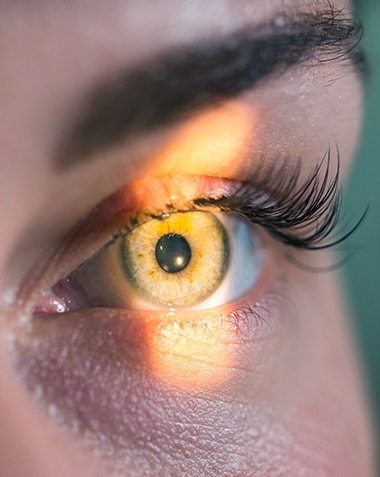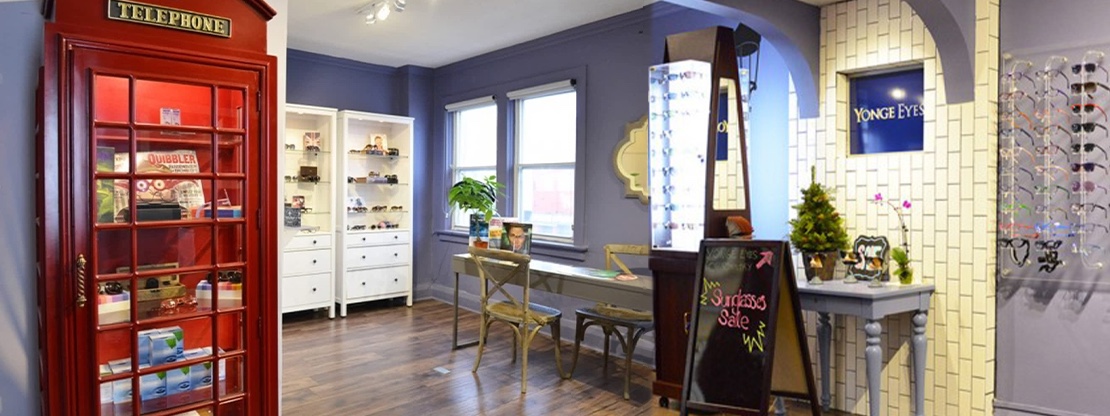How Does Diabetes Affect the Eyes?
Diabetes is the single leading cause of blindness in Canada. Those with diabetes are at an increased risk of developing several eye diseases, including cataracts, glaucoma, diabetic retinopathy, and diabetic macular edema.
Cataracts
Cataracts are an eye disease that causes the clouding of the eye’s natural lens. Although they usually develop in those over 50, patients with diabetes are 5 times more likely to develop cataracts, and at an earlier age.
Fortunately, cataracts are manageable with eyeglasses or contact lenses. However, cataracts will continue to worsen over time. If cataracts affect your quality of life, you may qualify for cataract removal surgery. Learn more on our cataract page.
Glaucoma
Glaucoma includes several eye diseases that cause progressive damage to the optic nerve. Patients with diabetes are twice as likely to develop glaucoma. And, interestingly, those with open-angle glaucoma are more likely to develop diabetes.
Glaucoma progresses without symptoms and can lead to blindness if not detected. Regular eye exams are essential for protecting your eyes from glaucoma, especially if you have diabetes. Learn more on our Eye Disease Diagnosis & Management page.
Diabetic Retinopathy
Diabetic retinopathy (DR) is an eye disease specifically related to diabetes. It occurs when high blood sugar levels damage the blood vessels that feed the retina. DR can progress with mild symptoms you may not even notice, but it can lead to vision problems and blindness.
If you have diabetes, you should undergo annual eye exams to monitor your ocular health. If you experience any of the following vision changes, please call us immediately:
- Spots or dark strings called floaters
- Blurred vision
- Fluctuating vision
- Impaired colour vision
- Dark or empty spots in your vision
- Vision loss
Diabetic Macular Edema
Diabetic macular edema (DME) is a complication of diabetic retinopathy. It occurs when blood and fluid leak into the retina, causing swelling in the macula. DME can lead to vision problems and blindness.

















